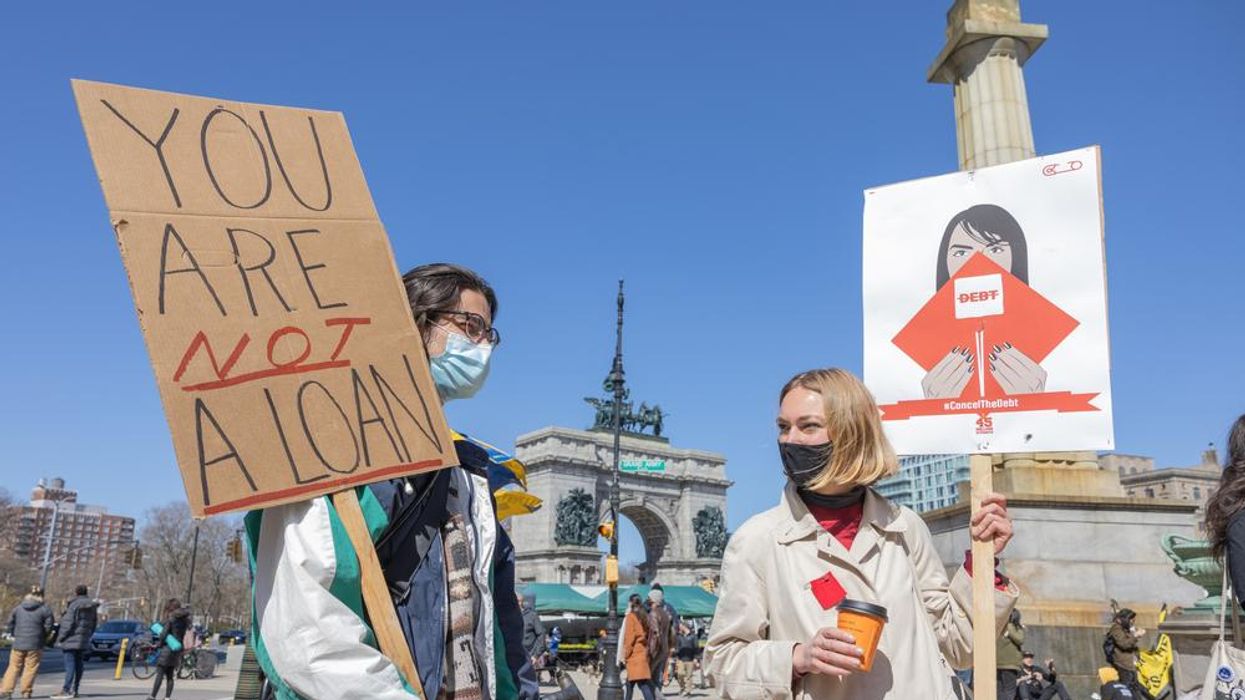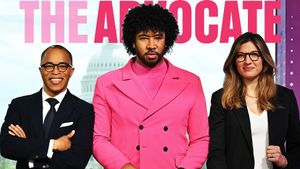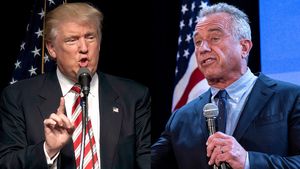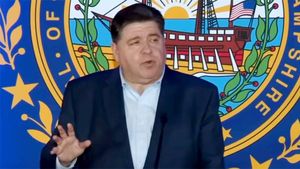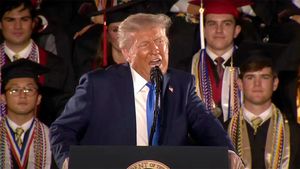(CNN) — Student loan borrowers are starting 2023 with a lot of uncertainty.
The fate of President Joe Biden's major student loan forgiveness program lies with the US Supreme Court, and it could be as late as summer before the justices rule on whether the policy can take effect.
The pandemic-related pause on student loan payments remains in place. But a restart date is up in the air, dependent on when the Supreme Court rules on the forgiveness program.
Meanwhile, significant changes are coming in July to the existing Public Service Loan Forgiveness program that aids government and nonprofit workers. And a new income-driven repayment plan that could lower payments for some federal student loan borrowers is in the works.
The mired rollout of Biden's forgiveness program has created confusion for borrowers. Here are some of the big questions surrounding student loans this year:
Will Biden's student loan forgiveness plan take effect?
In late February, the Supreme Court will hear arguments in two cases concerning Biden's student loan forgiveness program, which could deliver up to $20,000 of debt relief for millions of low- and middle-income borrowers.
A decision on whether the program is legal and can move forward is expected by June. Until then, it is on hold and no debt will be discharged under the program.
Biden's student loan forgiveness program has faced several legal challenges since the president announced the program in August. The Department of Education received about 26 million applications for debt relief by the time a federal district court judge struck down the program on November 10.
Lawyers for the Biden administration say that Congress gave the secretary of education "expansive authority to alleviate the hardship that federal student loan recipients may suffer as a result of national emergencies," like the Covid-19 pandemic, according to a memo from the Department of Justice.
But litigants argue the Biden administration has overstepped its authority, and other recent Supreme Court decisions have ruled against aggressive executive agency actions. The justices curbed the Environmental Protection Agency's authority to set certain climate change regulations last year, for example, as well as limited the federal government's power to implement a pandemic-related eviction moratorium in 2021 and mandate Covid-19 vaccinations in 2022.
When will the pandemic pause on payments end?
For the third consecutive time, federal student loan borrowers begin a new year without having to make payments on their loans thanks to a pandemic-related pause.
Payments were set to resume in January, but the Biden administration extended the pause after its student loan forgiveness program was halted by federal courts. Officials had told borrowers debt relief would be granted before payments restarted.
The payment pause will now last until 60 days after litigation over Biden's student loan forgiveness program is resolved. If the program has not been implemented and the litigation has not been resolved by June 30, payments will resume 60 days after that.
Borrower balances have effectively been frozen since March 2020, with no payments required on most federal student loans. During this time, interest has stopped adding up and collections on defaulted debt have also been on hold.
For some borrowers, the pause on payments delivers an even bigger benefit than Biden's forgiveness program ever could.
The yearslong pause cost the government $155 billion through the end of 2022, according to an estimate from the Committee for a Responsible Federal Budget.
How will the new Public Service Loan Forgiveness rules work?
The Public Service Loan Forgiveness program allows certain government and nonprofit employees to seek federal student loan forgiveness after making 10 years of qualifying payments — but it has been plagued with implementation problems for years.
A yearlong waiver that expanded eligibility for the PSLF program expired on October 31, but some of those temporary changes will be made permanent starting in July.
Under the new rules, borrowers will be able to receive credit toward PSLF on payments that are made late, in installments or in a lump sum. Prior rules only counted a payment as eligible if it was made in full within 15 days of its due date.
Also, time spent in certain periods of deferment or forbearance will count toward PSLF. These periods include deferments for cancer treatment, military service, economic hardship and time served in AmeriCorps and the National Guard.
Starting in July, borrowers will receive some credit for past payments when they consolidate older loans into federal Direct Loans in order to qualify for the program. Borrowers previously lost all progress toward forgiveness when they consolidated. After July, they will receive a weighted average of existing qualifying payments toward PSLF.
The new rules will also simplify the criteria to meet the requirement that a borrower be a full-time employee in a public sector job. The new standard will consider full-time employment at 30 hours a week. In particular, the change will help adjunct faculty at public colleges qualify for the program.
When will borrowers be able to enroll in Biden's new student loan repayment plan?
The Biden administration has proposed a new income-driven repayment plan that is intended to make payments more manageable for borrowers, though it's unclear when it could take effect.
Several income-driven repayment plans already exist for federal student loan borrowers, but the new proposal could offer more favorable terms.
The new rule is expected to cap payments at 5 percent of a borrower's discretionary income, down from 10 percent that is offered in most current income-driven plans, as well as reduce the amount of income that is considered discretionary. It would also forgive remaining balances after 10 years of repayment, instead of 20 or 25 years, as well as cover the borrower's unpaid monthly interest.
The-CNN-Wire
™ & © 2023 Cable News Network, Inc., a Warner Bros. Discovery Company. All rights reserved.
- Ciara Delivers Black Excellence With "Rooted" Music Video ›
- Peacock Drops A New 'Saved By The Bell' Reboot Trailer ›
- College Enrollment Declines for Third Consecutive Year ›
- Black Lives Matter Creates Student Relief Fund as Loan Forgiveness Is Delayed ›
- Department of Education to Propose Lower Payments for Millions of Student Loans - Advocate Channel ›
- Student Loan Forgiveness to Go Before Supreme Court This Week - Advocate Channel ›
